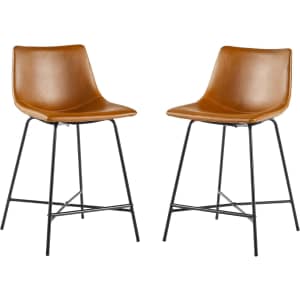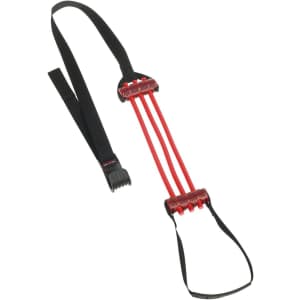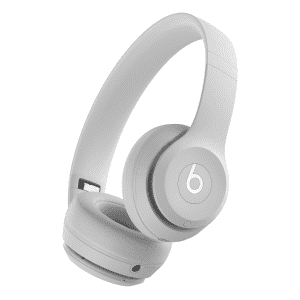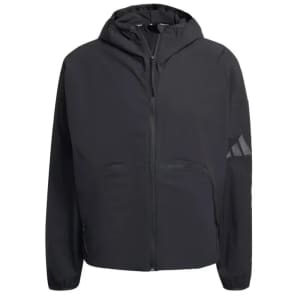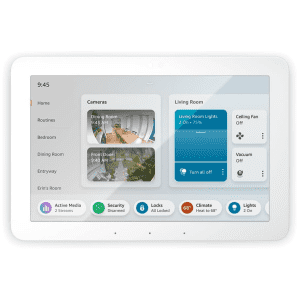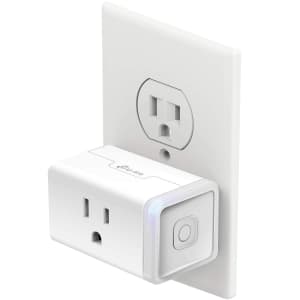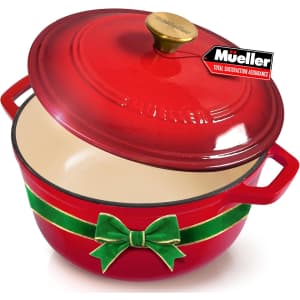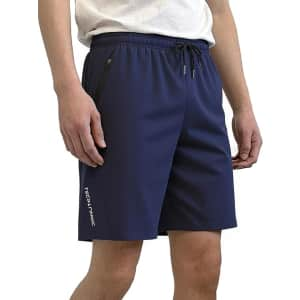
Get deals on a selection of men's apparel and accessory items, with everything priced at $2 or less. Customers are limited to three items and you must order $25's worth of items to receive free shipping. Buy Now at Amazon
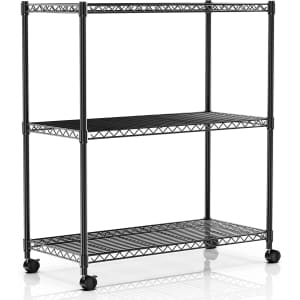
The on-page coupon cuts it to $22 off list price and the lowest it's been at Amazon. Buy Now at Amazon
- 24.02" W x 13.78" D x 29.92" H
- 750-lb. capacity
- Model: HKSHLF23133003B

That's $28 less than what Walmart charges. Buy Now at Amazon
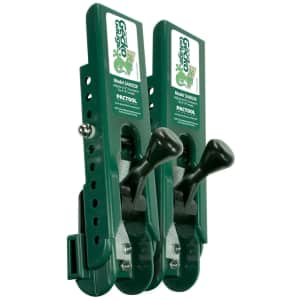
It's the best deal we've seen for this 2-pack. Buy Now at Amazon
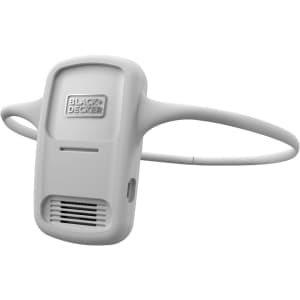
It's the best price we've seen and by far the cheapest we could find today. Amazon is charging at least $55. Buy Now at Woot! An Amazon Company
- three warming temperatures
- three cooling temperatures
- includes 360° lanyard
- Model: BCWCC101-04

At almost 50% off, that's a great price on a long sleeve dress shirt. Also, it's available at this price in several colors and plenty of sizes. Buy Now at Amazon

Thanks to the Amazon credit included with purchase, this is the best deal we've ever seen on the 2025 M4 Chip-equipped MacBook Air. The promotional credit will be automatically added to your account 30 days after shipment. It will expire on May 13, 2026. Buy Now at Amazon
- 13.6" Liquid Retina display
- 10-core Apple M4 chip
- 16GB RAM, 256GB SSD
- up to 18 hours battery life
- Model: MW0W3LL/A
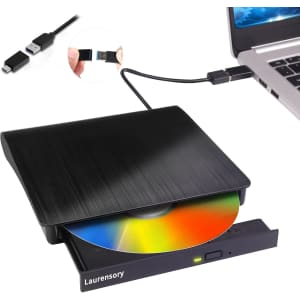
Apply the promo code "JZHWUXWP" for a savings of $17; it's also $5 less than the last time we listed it. Buy Now at Amazon
- USB-C and USB-A connectivity
- Supports various disc types

Sign up for free to start earning rewards where you can watch 500+ live TV channels and thousands of hit shows and movies on demand at Sling. Other terms and conditions may apply. Shop Now at Sling Freestream
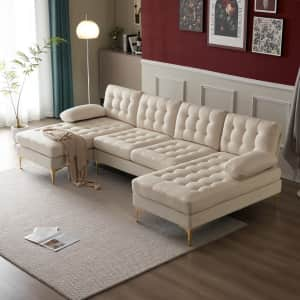
It's the best price we've seen for this sofa and a great deal for a sectional sofa in general. Buy Now at Walmart
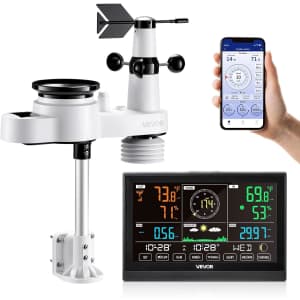
It's the best price that Amazon has charged for this weather station. Buy Now at Amazon
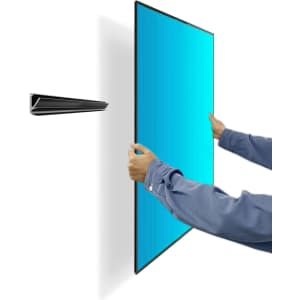
Clip the coupon to drop it to the best price we've seen. Buy Now at Amazon
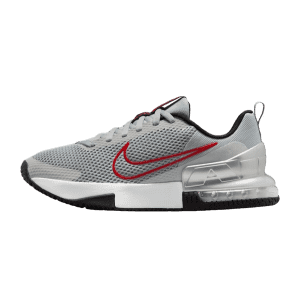
Use promo code "STRONG" to get an extra 25% off this collection of men's shoes, some of which are already reduced by 40% or more. We've pictured these Nike Men's Air Max Alpha Trainer 6 Workout Shoes for $53 after the code. Nike Members get free shipping over $50 and pay a reduced fee of $5 otherwise. (It's free to join. If you check out as a guest you'll get free shipping over $75.) This coupon code expires December 28 Buy Now at Nike
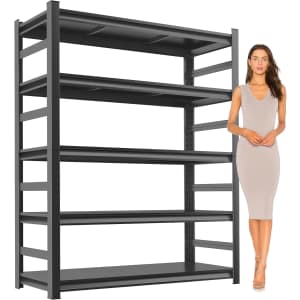
It's the second-best deal we've seen for this shelving unit. Buy Now at Amazon
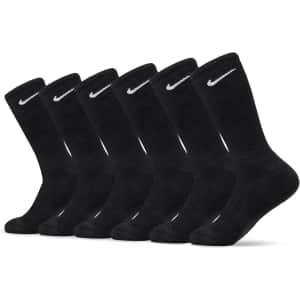
It's the best deal we've seen for a 6-pack of these socks and a low now by $3. Buy Now at Amazon
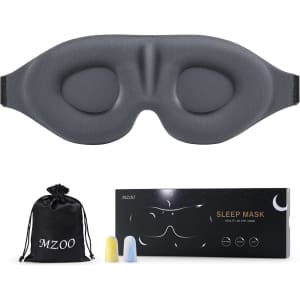
Clip the on-page coupon and apply promo code "OD8N7P6G" for a savings of $20. Buy Now at Amazon
- 15°-curved sides for comfort
- 100% light blocking
- adjustable strap

The Apple iPhone 16e 128GB is now just $399 (and the Apple iPhone 16e 256GB is just $499) while supplies last, with purchase of 12-month plan bundle. It's a savings of $200 on each. Mint Mobile 12-Month Plans start at $10.50/month The Mint Mobile Unlimited plan is $15 / month. Buy Now at Mint Mobile
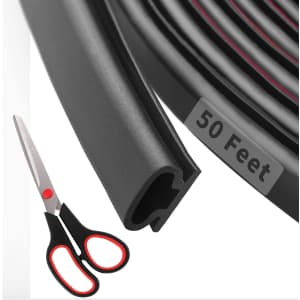
It's the best price that Amazon has charged for this weather stripping. Buy Now at Amazon
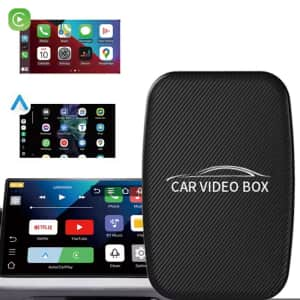
That's $29 less than you'd pay for a similar item elsewhere. Import fees and a payment processing fee may apply.
New Alibaba customers get free shipping; otherwise, it starts at around $5. Buy Now at Alibaba

It's the best price that Amazon has charged for this power tool organizer. Buy Now at Amazon
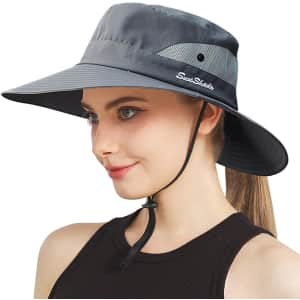
It's the best price that Amazon has charged for this hat and a great deal for a sun hat in general. Buy Now at Amazon
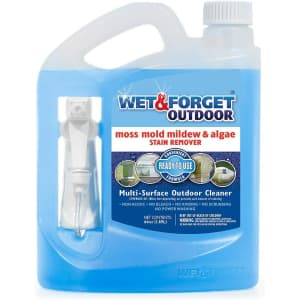
It's the best deal we've seen for this quantity. Buy Now at Amazon
- treats 60- to 180-square feet
- unlimited shelf life
- Model: E804064
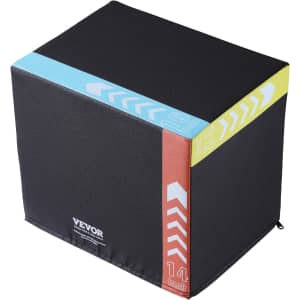
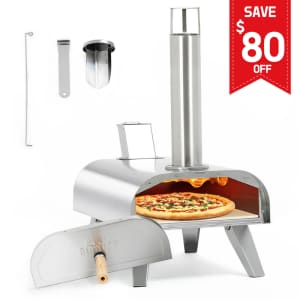
Big Horn Outdoors offers its Big Horn Outdoors 12" Wood Pellet Pizza Oven for $117.99 (reduced from $199.99) via promo code "Dealnews82" with free shipping Buy Now at Big Horn Outdoors
- preheats to 350°C in 18 minutes; cooking pizzas in around 90 seconds
- large capacity pellet hopper
- detachable chimney
- folding legs
- Model: SRPG18003B
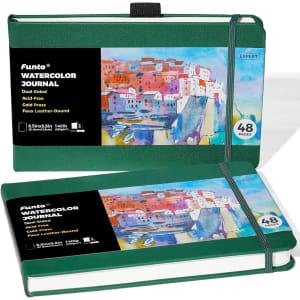
The on-page coupon cuts it to the best price we found by $7. Buy Now at Amazon
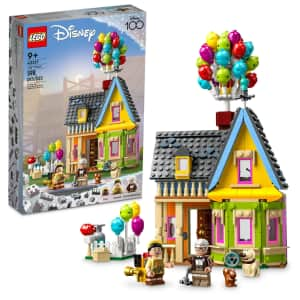
It's the second-best price we've seen for this set and a low now by $8. Buy Now at Amazon
- 598 pieces
- includes 2 minifigs
- Model: 43217
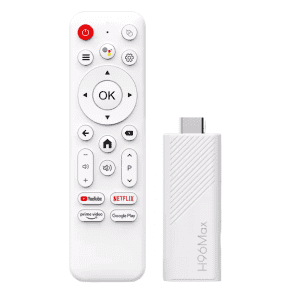
That's at least $8 less than you'd pay for a similar item elsewhere. Import charges and a payment processing fee may apply.
New Alibaba customers get free shipping; otherwise, it starts at around $6. Buy Now at Alibaba
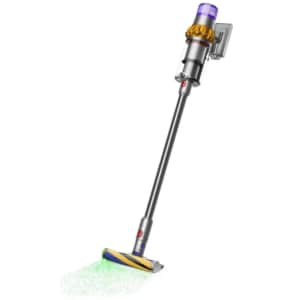
That's the best deal we've ever seen on this one, in any condition. A 1-year Allstate warranty applies. Buy Now at eBay
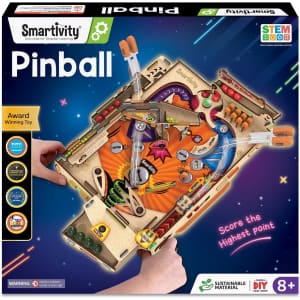
It's the best price we found by $7. Buy Now at Amazon
- step-by-step instructional manual
- lifetime supply of replacement parts
- Model: SMRT1169
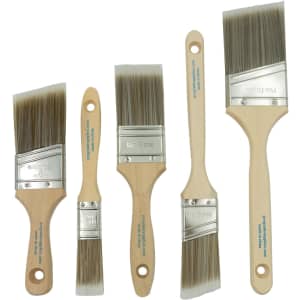
This popular set is back at the best price we've seen. Buy Now at Amazon
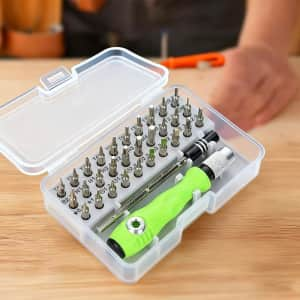
Here you'll find a bunch of cheap clearance items priced at $2 or less as part of Amazon Haul's $2 Flash Deals Sale. Many items are marked as low as 99-cents. Shipping is free on Amazon Haul orders of $25 or more. Buy Now at Amazon
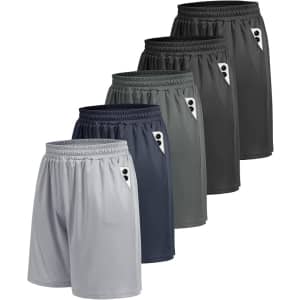
It's the best deal we've seen for this 5-pack of men's gym shorts. Buy Now at Amazon

Use promo code "LTSTE" to save on suites at Caesar's Republic and Harrah's Lake Tahoe through August 26. Blackout dates apply; book this travel deal by December 31.
Satisfy your wanderlust - and your wallet - by taking a look at all our top travel deals. Buy Now at Caesars Entertainment
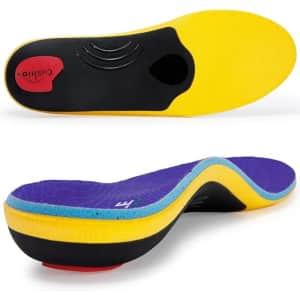
It's the best price that Amazon has charged for a pair. Buy Now at Amazon
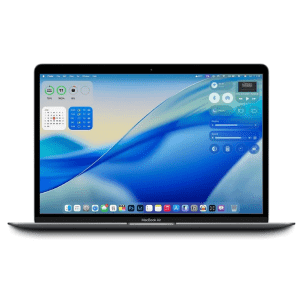
That's the best price we've ever seen on this model, in any condition. A 1-year Allstate warranty applies. Buy Now at eBay
- Apple M1 7-Core CPU
- 13.3" 2560x1600 Retina display
- 8GB RAM & 128GB SSD
- macOS Big Sur 11.0
- Model: MGN63LL/A
- UPC: 194252048955

Use promo code "STRONG" to drop these shoes to the second-best price we've seen this year. (It's also a low now by $31.) Shipping is free on orders of $50 or more for Nike members. (It's free to join.) Buy Now at Nike
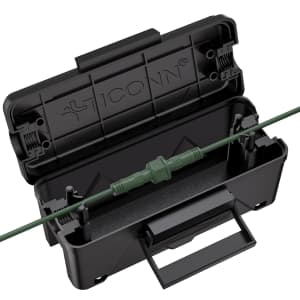
Apply coupon code "X3835CTA" for a savings of at least $8. Buy Now at Amazon
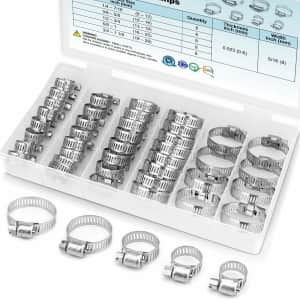
Apply coupon code "88XN55MO" for a savings of $6. The other options are also available from $5.39 after the same promo code. Buy Now at Amazon
- 40-piece set
- Sizes 1/4'' to 1-1/8''
- 304 stainless steel
- For pipes, intercoolers, tubes
- Includes storage box
- Compatible with variety of hoses
- Model: B08HJK3G92
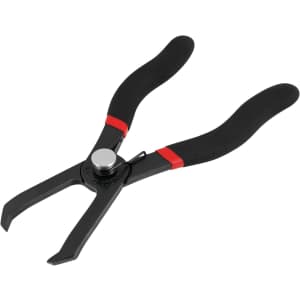
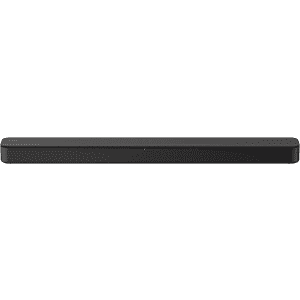
That's $62 off and the lowest price we found. Buy Now at Amazon
- Bass Reflex Speaker
- Integrated Tweeter
- 120W power
- 64.4 Hz frequency response
- Model: HTS100F

The Pixel 10 Pro XL 256GB is now just $399 while supplies last, with purchase of 12-month plan bundle. It's a savings of $700. The Mint Mobile Unlimited plan is $15 / month. Buy Now at Mint Mobile
How Much Can I Save on the Hottest Deals?
The average savings can vary wildly day by day, but we regularly see discounts of anywhere from 15% to 96% off. The biggest discounts usually pop up for holidays, such as these Early Prime Day Deals. Thanks to coupon codes giving extra discounts, we'll regularly see shoes and apparel from the biggest brands like Nike, adidas, and New Balance at over 50% off. If you're looking for tools or home improvement, we see deals from stores like Home Depot and Lowe's that take up to 70% off. Plus, if something's at its best-ever price, or close to it, or is just something we think is extra neat, you'll probably find it on our Staff Picks page.
How Often Are the Hottest Deals Updated?
Around the clock! An international team of highly-trained deal jockeys is constantly scouring Amazon, Walmart, Best Buy, Target, and any other store you care to name, seeking out the latest and greatest deals for you to peruse. From daily deals and doorbusters to niche finds and off-the-wall offers, our pages are always being updated with something new and interesting and discounted.
